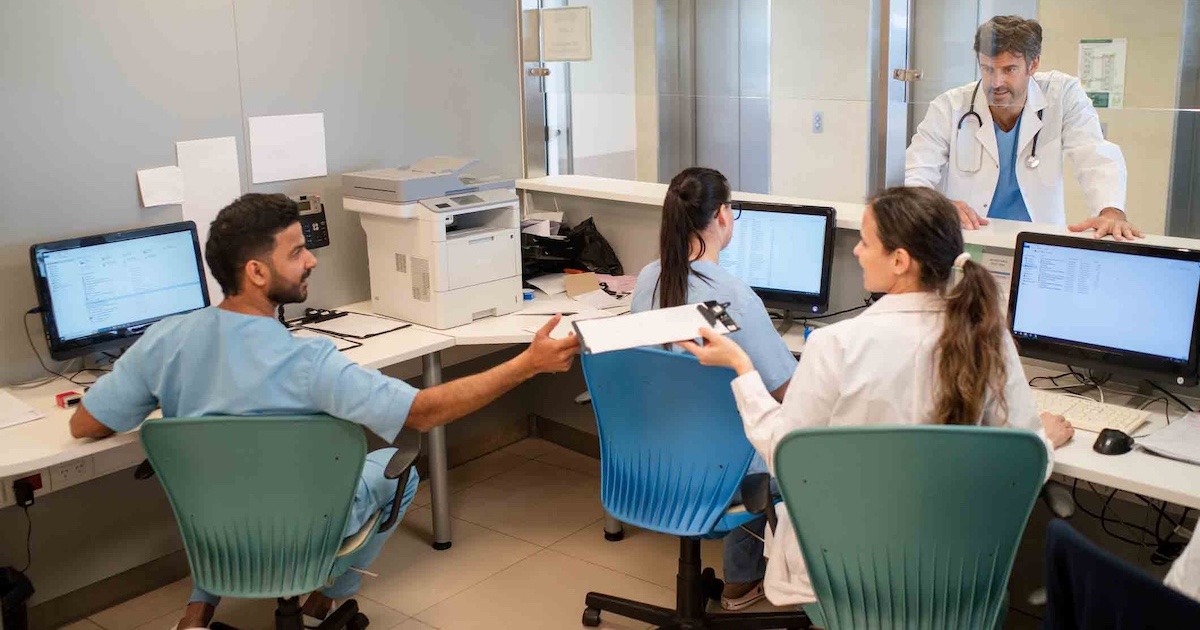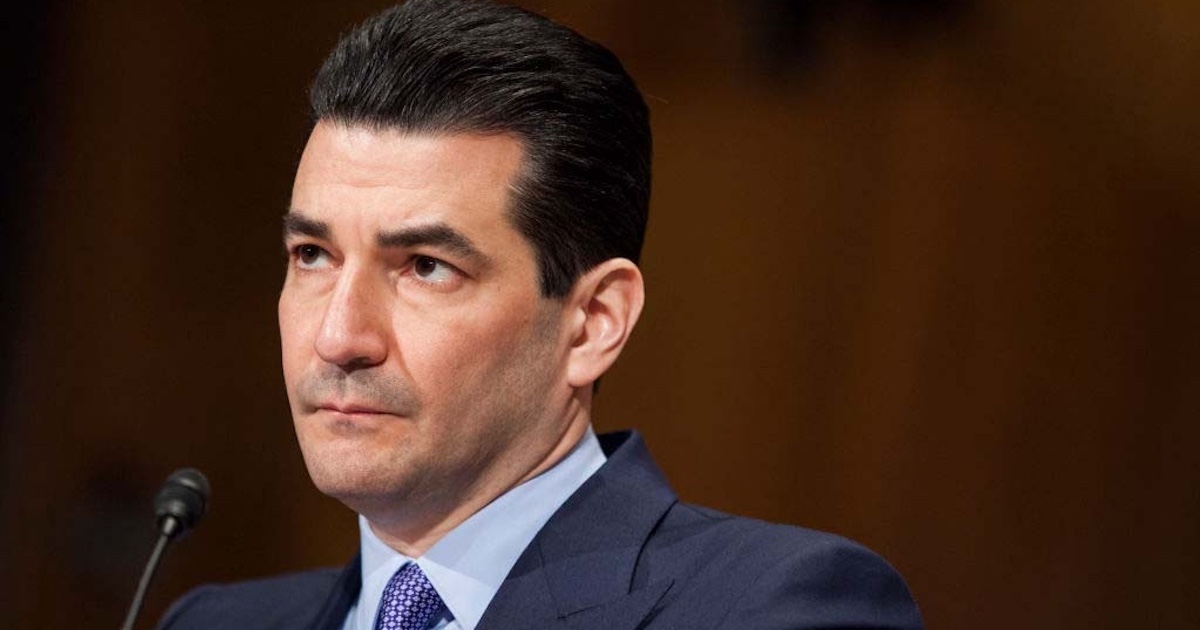The Affordable Care Act of 2010 is expected to expand Medicaid benefits to an additional 22.4 million Americans by 2014, depending upon federal and state efforts. To effectively manage this enormous increase of uninsured Americans into healthcare coverage, pharmacy benefit managers will need to add to their arsenal of instruments for reducing medication errors, ensuring consumer compliance and improving health outcomes. Mobile technologies – cell phones, smartphones and other portable devices – are now positioned as an integral component of cost-efficient healthcare delivery.
Mobile health applications offer PBMs, health plans and care providers an effective means for streamlining applications for health coverage and subsidies, recertification and management of eligibility, and they have arrived at a time when more people are using mobile devices than ever before, with recent statistics confirming significant increases in use:
- 83 percent of U.S. adults have a cell phone
- 45 percent say their next device will be a smartphone
- 175 million Americans used their smart phones to find the latest health information online last year
- Four out of five practicing physicians use smartphones, computer tablets, various mobile devices and numerous apps in their medical practice
Digital devices are fast, portable and convenient. As a decision-support tool for PBMs, smartphone interactivity and connectivity allow for a wide range of uses, giving PBMs an efficient method for connecting people to appropriate care sites, encouraging well care behaviors and reminding people about medication compliance and preferred prescription purchasing channels (mail, retail discounts). Recent data shows that people of color and low-income populations, many of them Medicaid recipients, are adopting mobile technology at a rapid pace and are increasingly using mobile tools to access the Internet.
A Critical Differentiator
With states facing budget shortfalls to care for the burgeoning Medicaid population – a collective price tag of $427 billion in FY2010 – the anticipated new wave of Medicaid members will place significant stress on an already overburdened medical delivery system. As a result, Medicaid decision-makers will quickly discover the need for more staffing and more effective information technology to identify, manage and track care for the increased population. To meet this challenge, state Medicaid programs are ramping up efforts to move to manage Medicaid relationships with private-sector health plans.
By leveraging technology, PBMs have an opportunity to capitalize on the growth of smartphones to transform the way prescription medicine information is delivered to Medicaid beneficiaries – improving drug safety, delivering more efficient and effective care and providing cost-effective service. PBMs can design apps to educate patients, making it easier to comply with prescribed medications, reminding them about the dangers of missing medication dosages and alerting them to potential side effects. Patients can use their smartphones to review their prescription drug histories and coverage plans with a doctor, as well as to identify the closest retail pharmacy location – anytime and from anywhere.
Ultimately, PBMs can create a more engaging prescribing and dispensing mechanism, improving customer satisfaction and providing access to a robust pharmacy information database that supports interactive drug and therapy options, as well as the benefits and costs of medication compliance. Mobile engagement strategies will be a cutting-edge approach that has the potential to generate attention from employers and consumers who will turn to PBM services to process and pay prescription drug claims in even greater numbers – a huge value proposition for PBMs to pursue.
Gaining Traction
With the rapid adoption of smartphone apps for healthcare needs, PBMs seeking to gain traction over their competition will need to deploy applications that are easy to use within mobile screens – not just mobile versions of their existing websites. Further, PBMs should consider how mobile connectivity for selected patient populations could be used as an incentive for better compliance. For example, look for low-cost prepaid plans and pay-as-you-go plans from health plans and care managers as incentives for Medicaid patients to be rewarded for appropriate healthcare behaviors. Medicaid population use of mobile phones and subsequent medical care behaviors and costs can be tracked – and behavior outcomes measured and managed. In the end, Medicaid populations will be better served, while health plan and states will benefit from lower costs for reaching and successfully managing patients.
Robert Oscar, R.Ph., has more than 25 years of experience in healthcare. Throughout much of his career, he has developed and implemented successful programs to effectively manage pharmacy benefit risk including in the Medicare HMO market. Before founding RxEOB more than a decade ago, he worked in the medical information systems industry, designing, developing and implementing several different claims analysis tools.


